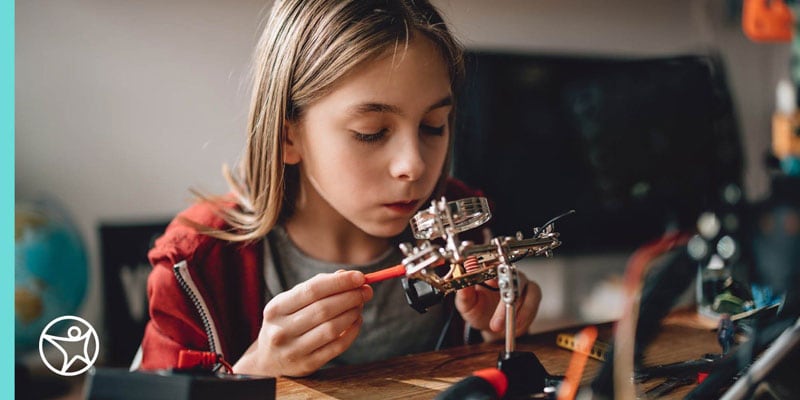Setting Healthy Screen Time Limits for Students Learning Online
by Julie Hersum
byConnections Academy
4 min to readA Rube Goldberg machine is a complex contraption designed to complete a simple task. The machine uses a set of tasks that work in succession and trigger one event after another until the final event. It’s actually listed in the Merriam-Webster dictionary as an adjective that means “doing something simple in a very complicated way that is not necessary.”
Imagine this: Your online school student drops a marble into a paper towel tube chute. The marble slides down and hits a chain of dominoes. The dominoes fall, and the final one hits a small toy car. The car pushes a dog treat off the edge of the table. Success! The family dog snatches up the treat when it falls to the floor.
You might recognize Rube Goldberg machines from TV or movies. Some high school students build them in science class, and some even test their engineering skills by competing in Rube Goldberg machine contests. Building a Rube Goldberg machine is a learning activity that’s great for online or traditional school students, and fun for the whole family!
At many schools, like Connections Academy®, Rube Goldberg is a yearly activity integrated into the curriculum. It is an excellent way for online students to explore the world of STEM learning.
If you’re struggling to determine the best way to get started, start with research and inspiration. A Rube Goldberg science project can take on many different shapes and sizes.
These machines might not be practical, but they’re definitely fun, creative, and educational! Building a Rube Goldberg machine is a great hands-on activity for all ages; plus, it encourages children to flex their STEM muscles. Some thought-starters and instructions are listed below if you’d like to help your children build their own Rube Goldberg machine.
Tasks are the action or end goal you are hoping to achieve at the completion of your Rube Goldberg machine.
Task Ideas: turn off a light, crush a can, drop a bottle in a recycling bin, water a plant, plant seeds in a pot of soil, pop a balloon, fill a glass with water, shut a door, squeeze toothpaste onto a toothbrush, or turn off an alarm clock.
Choosing your supplies is important because they encompass the complexity or simplicity of the machine and how it goes about completing the identified task. Challenge your child to find at least three recyclable materials. Keep in mind that you may change your mind and add or leave out materials during the building process.
Possible materials and items include: aluminum foil, cardboard, water bottles, toilet paper or paper towel tubes, cereal or cake-mix boxes, books, cans, dominoes, funnels, marbles, golf balls, string, buckets, cups or bowls, batteries, and magnets to name a few.
After you’ve identified your task and organized materials, begin sketching out your machine before you build it. This will help your child choose the right materials, identify gaps, and assemble a mechanism that works.
These machines might not be practical, but they’re definitely fun, creative, and educational! Building a Rube Goldberg machine is a great hands-on activity for all ages; plus, it encourages children to flex their STEM muscles. Some thought-starters and instructions are listed below if you’d like to help your children build their own Rube Goldberg machine.
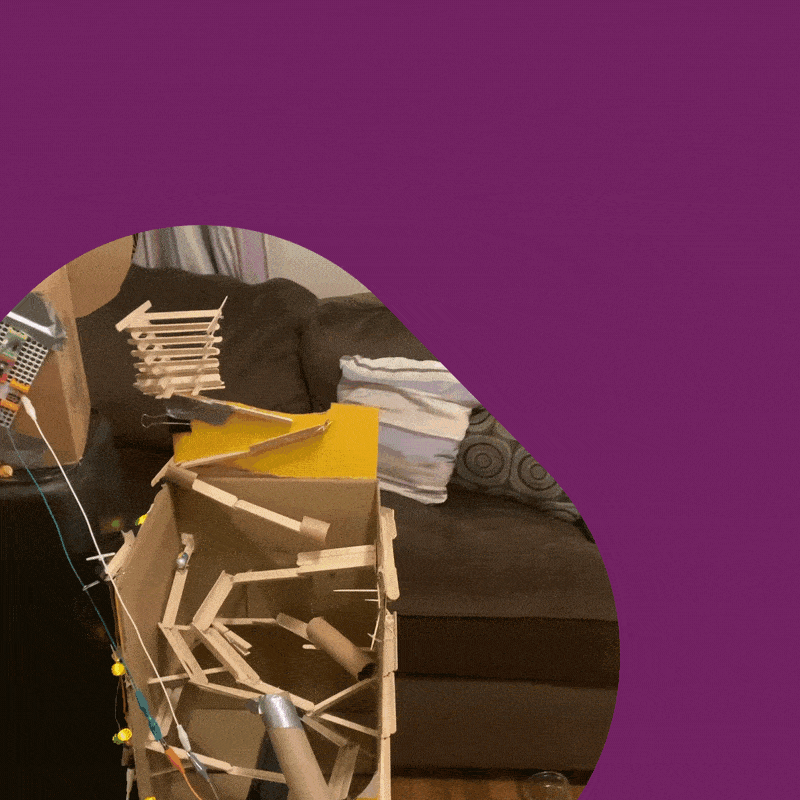
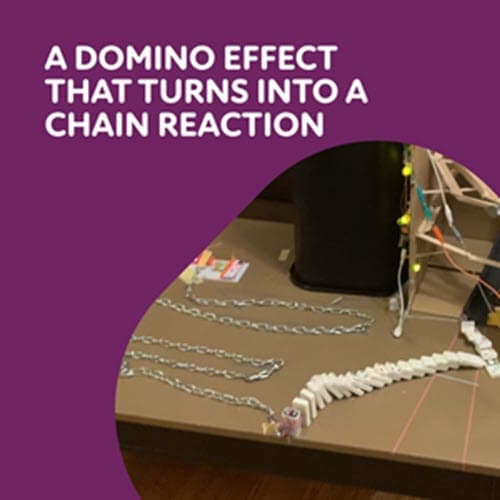
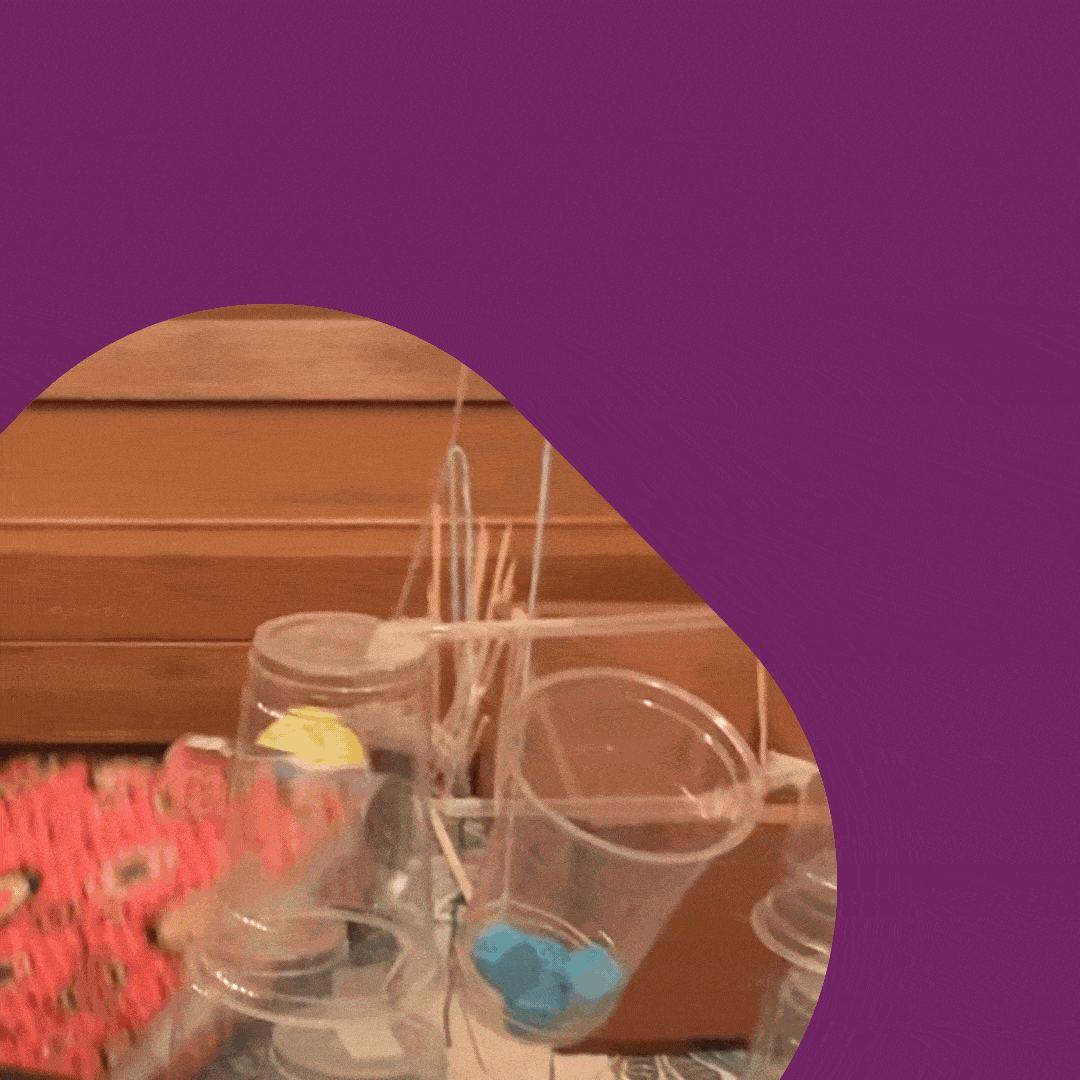
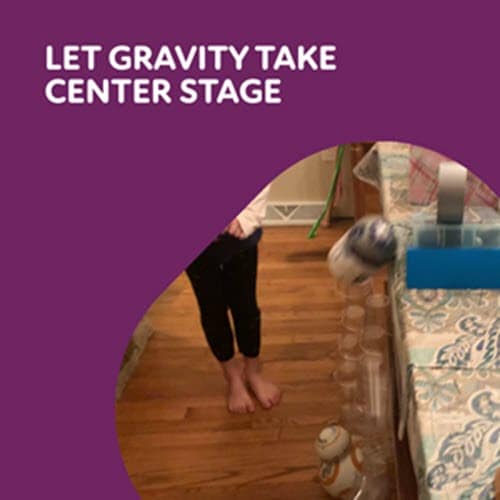
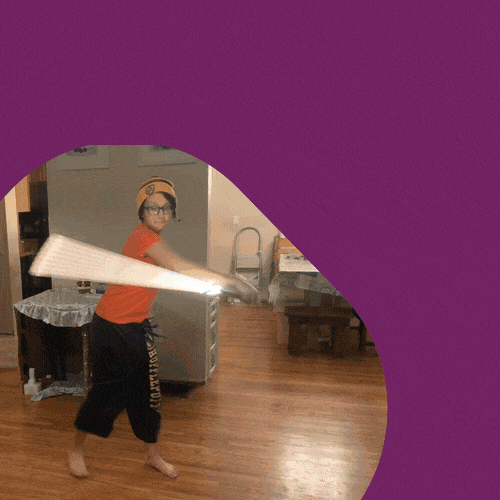
If you’re struggling to choose an experiment for your student’s upcoming science fair, Rube Goldberg machines make excellent STEM science fair projects for kids in middle school. From complex processes to fun and creative outputs, everyone is sure to be amazed!
Interested in other STEM projects for kids? Search Connections Academy’s Resource Hub for more ideas and activities like this one.
